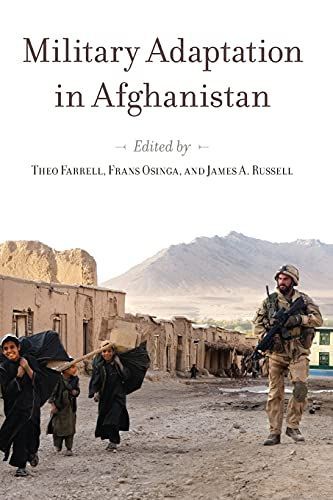
Military Adaptation in Afghanistan
When NATO took charge of the International Security Assistance Force (ISAF) for Afghanistan in 2003, ISAF conceptualized its mission largely as a stabilization and reconstruction deployment. However, as the campaign has evolved and the insurgency has proved to more resistant and capable, key operational imperatives have emerged, including military support to the civilian development effort, closer partnering with Afghan security forces, and greater military restraint. All participating militaries have adapted, to varying extents, to these campaign imperatives and pressures. This book analyzes these initiatives and their outcomes by focusing on the experiences of three groups of militaries: those of Britain, Canada, Denmark, the Netherlands, and the US, which have faced the most intense operational and strategic pressures; Germany, who's troops have faced the greatest political and cultural constraints; and the Afghan National Army (ANA) and the Taliban, who have been forced to adapt to a very different sets of circumstances.